Nilesh Patil
Automated ultrasound doppler angle estimation using deep learning
Aug 06, 2025Abstract:Angle estimation is an important step in the Doppler ultrasound clinical workflow to measure blood velocity. It is widely recognized that incorrect angle estimation is a leading cause of error in Doppler-based blood velocity measurements. In this paper, we propose a deep learning-based approach for automated Doppler angle estimation. The approach was developed using 2100 human carotid ultrasound images including image augmentation. Five pre-trained models were used to extract images features, and these features were passed to a custom shallow network for Doppler angle estimation. Independently, measurements were obtained by a human observer reviewing the images for comparison. The mean absolute error (MAE) between the automated and manual angle estimates ranged from 3.9{\deg} to 9.4{\deg} for the models evaluated. Furthermore, the MAE for the best performing model was less than the acceptable clinical Doppler angle error threshold thus avoiding misclassification of normal velocity values as a stenosis. The results demonstrate potential for applying a deep-learning based technique for automated ultrasound Doppler angle estimation. Such a technique could potentially be implemented within the imaging software on commercial ultrasound scanners.
Hybrid Approach Combining Ultrasound and Blood Test Analysis with a Voting Classifier for Accurate Liver Fibrosis and Cirrhosis Assessment
Apr 28, 2025Abstract:Liver cirrhosis is an insidious condition involving the substitution of normal liver tissue with fibrous scar tissue and causing major health complications. The conventional method of diagnosis using liver biopsy is invasive and, therefore, inconvenient for use in regular screening. In this paper,we present a hybrid model that combines machine learning techniques with clinical data and ultrasoundscans to improve liver fibrosis and cirrhosis detection accuracy is presented. The model integrates fixed blood test probabilities with deep learning model predictions (DenseNet-201) for ultrasonic images. The combined hybrid model achieved an accuracy of 92.5%. The findings establish the viability of the combined model in enhancing diagnosis accuracy and supporting early intervention in liver disease care.
Optimizing Fantasy Sports Team Selection with Deep Reinforcement Learning
Dec 26, 2024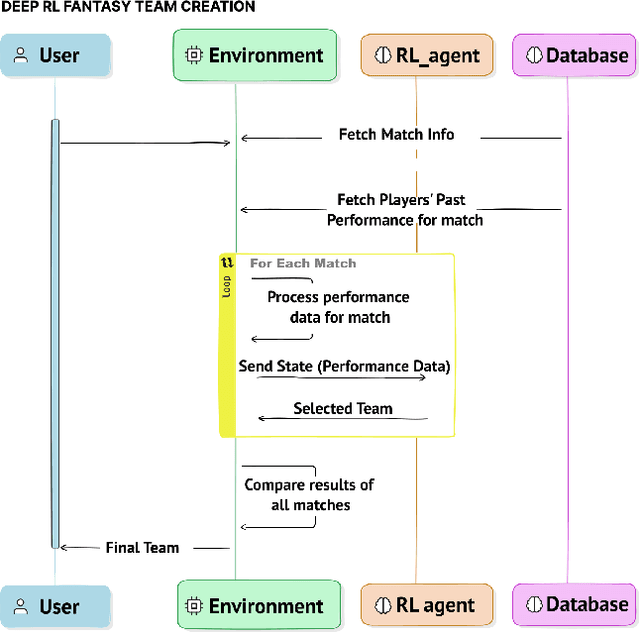

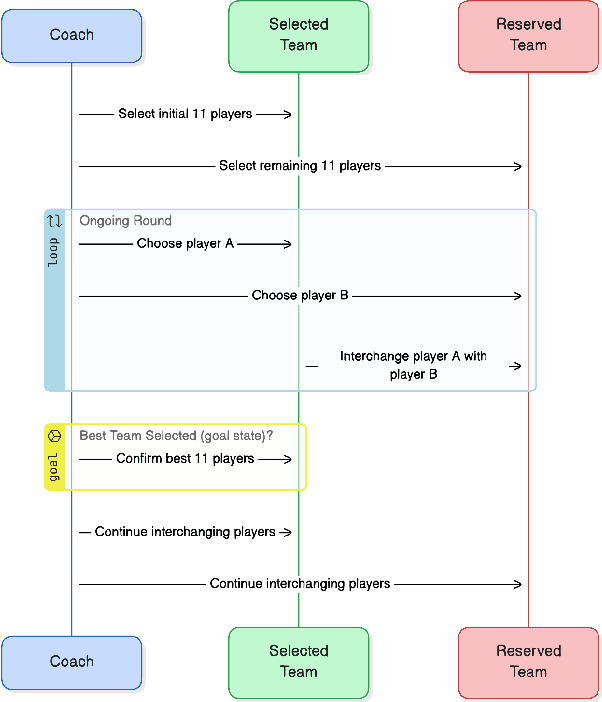

Abstract:Fantasy sports, particularly fantasy cricket, have garnered immense popularity in India in recent years, offering enthusiasts the opportunity to engage in strategic team-building and compete based on the real-world performance of professional athletes. In this paper, we address the challenge of optimizing fantasy cricket team selection using reinforcement learning (RL) techniques. By framing the team creation process as a sequential decision-making problem, we aim to develop a model that can adaptively select players to maximize the team's potential performance. Our approach leverages historical player data to train RL algorithms, which then predict future performance and optimize team composition. This not only represents a huge business opportunity by enabling more accurate predictions of high-performing teams but also enhances the overall user experience. Through empirical evaluation and comparison with traditional fantasy team drafting methods, we demonstrate the effectiveness of RL in constructing competitive fantasy teams. Our results show that RL-based strategies provide valuable insights into player selection in fantasy sports.
Infectious Disease Forecasting in India using LLM's and Deep Learning
Oct 26, 2024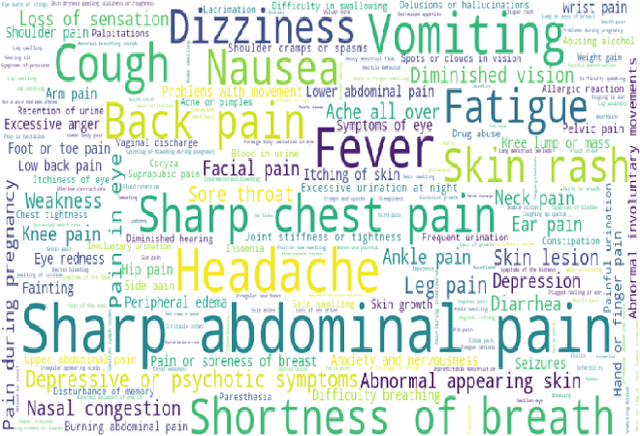
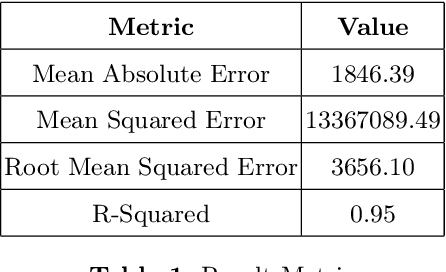
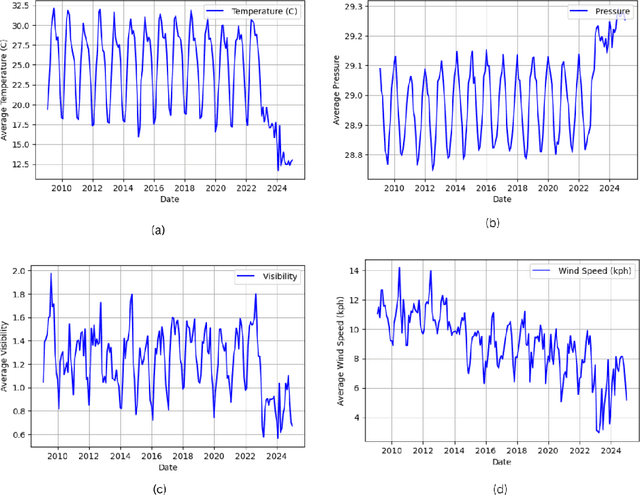
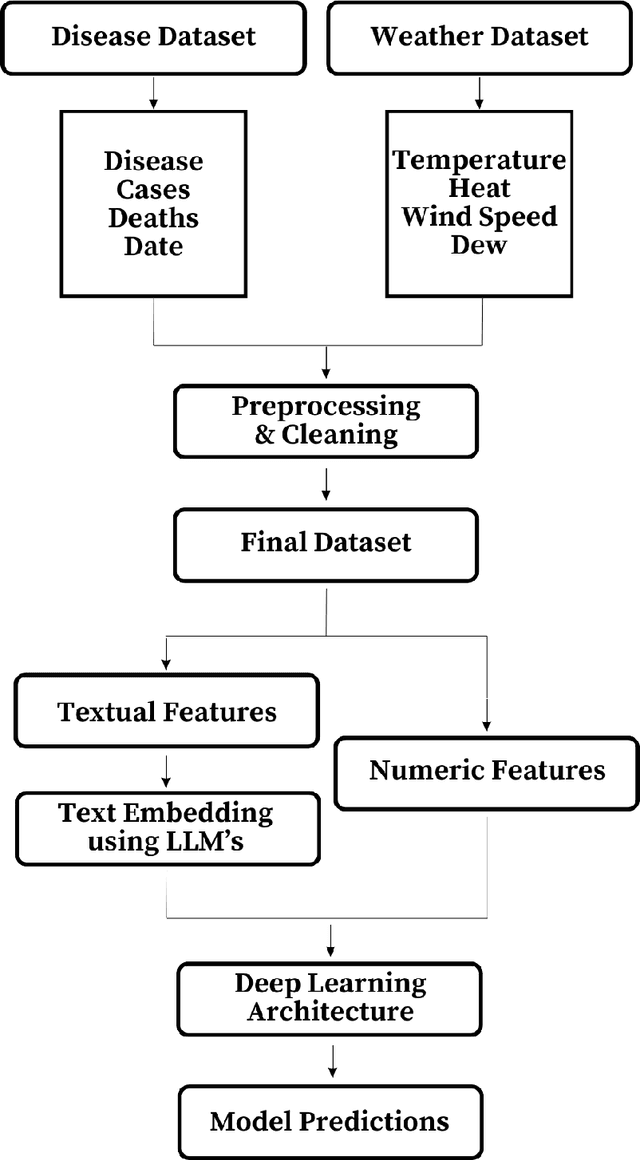
Abstract:Many uncontrollable disease outbreaks of the past exposed several vulnerabilities in the healthcare systems worldwide. While advancements in technology assisted in the rapid creation of the vaccinations, there needs to be a pressing focus on the prevention and prediction of such massive outbreaks. Early detection and intervention of an outbreak can drastically reduce its impact on public health while also making the healthcare system more resilient. The complexity of disease transmission dynamics, influence of various directly and indirectly related factors and limitations of traditional approaches are the main bottlenecks in taking preventive actions. Specifically, this paper implements deep learning algorithms and LLM's to predict the severity of infectious disease outbreaks. Utilizing the historic data of several diseases that have spread in India and the climatic data spanning the past decade, the insights from our research aim to assist in creating a robust predictive system for any outbreaks in the future.
Early Churn Prediction from Large Scale User-Product Interaction Time Series
Sep 25, 2023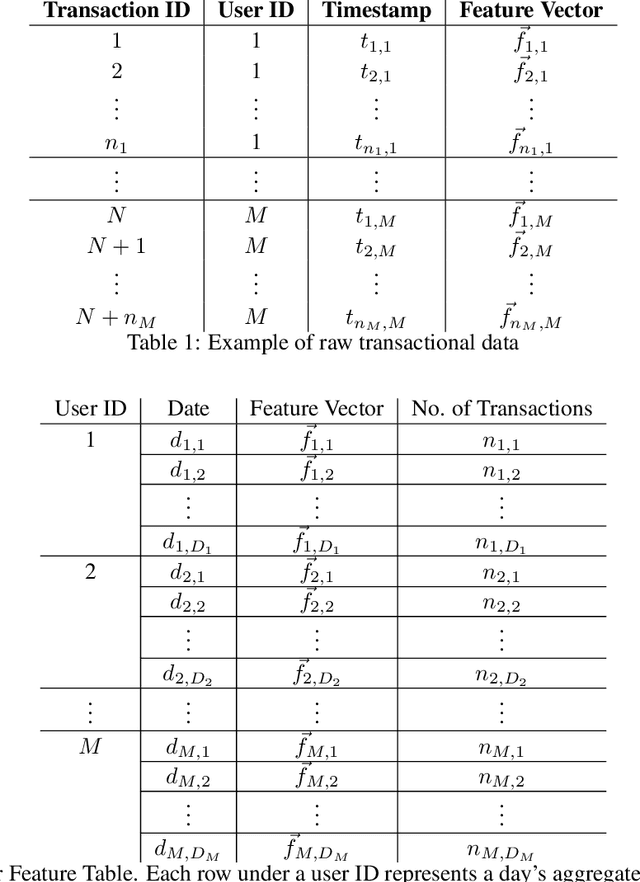
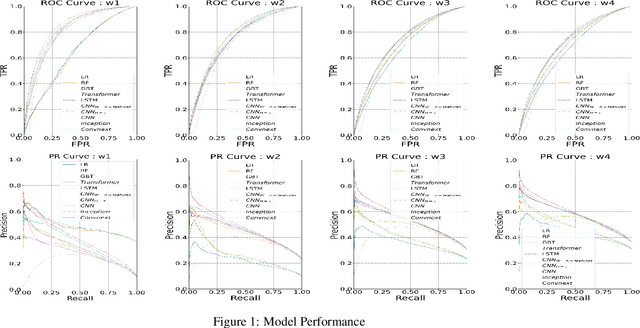
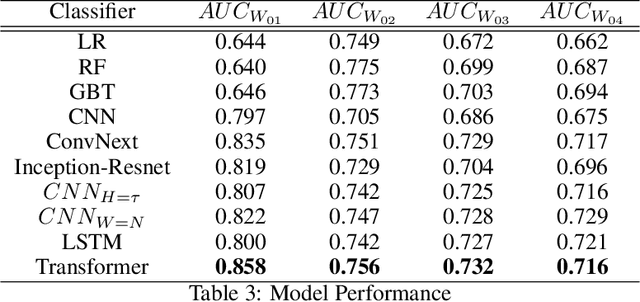
Abstract:User churn, characterized by customers ending their relationship with a business, has profound economic consequences across various Business-to-Customer scenarios. For numerous system-to-user actions, such as promotional discounts and retention campaigns, predicting potential churners stands as a primary objective. In volatile sectors like fantasy sports, unpredictable factors such as international sports events can influence even regular spending habits. Consequently, while transaction history and user-product interaction are valuable in predicting churn, they demand deep domain knowledge and intricate feature engineering. Additionally, feature development for churn prediction systems can be resource-intensive, particularly in production settings serving 200m+ users, where inference pipelines largely focus on feature engineering. This paper conducts an exhaustive study on predicting user churn using historical data. We aim to create a model forecasting customer churn likelihood, facilitating businesses in comprehending attrition trends and formulating effective retention plans. Our approach treats churn prediction as multivariate time series classification, demonstrating that combining user activity and deep neural networks yields remarkable results for churn prediction in complex business-to-customer contexts.
 Add to Chrome
Add to Chrome Add to Firefox
Add to Firefox Add to Edge
Add to Edge